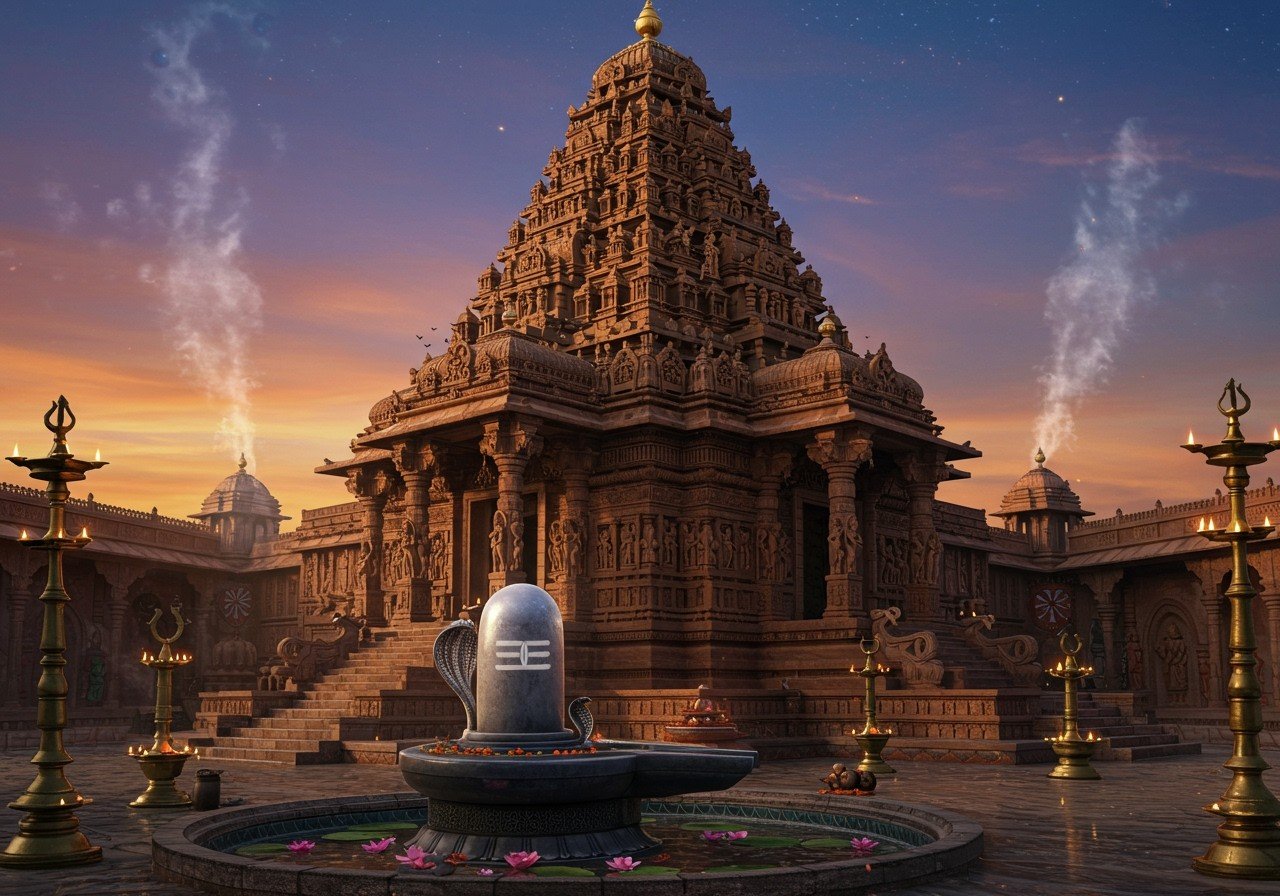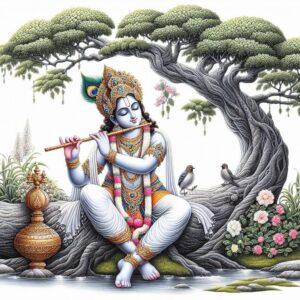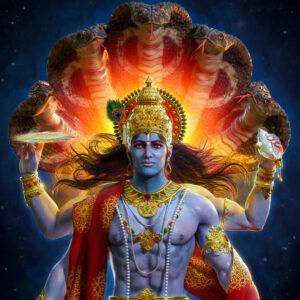
Discover the profound cultural significance and intricate symbolism of Shiva temples, integral to India’s rich heritage. Shiva, a principal deity in Hinduism, is revered across the country. His temples serve as centers of spiritual and community life. This article explores the meaning and importance of Shiva temples, their role in community life, the art and iconography associated with them, and their impact on local culture.
Exploring the Cultural Significance of Shiva Temples
Shiva temples are not just places of worship but are deeply embedded in the cultural fabric of Indian society. They serve as hubs for various religious, cultural, and social activities.
Historical Context
Shiva worship dates back to ancient times. The construction of temples dedicated to him has been a significant part of Indian history. Temples like the Sri Hemavathi Siddheswara Swamy Temple and others dedicated to Lord Shiva stand as testaments to this rich history. These sacred spaces have evolved over centuries, reflecting the changing architectural styles and religious practices of different eras.
Religious Significance
Shiva temples play a pivotal role in Shaivism, one of Hinduism’s major traditions. Devotees honor Shiva at notable sites like the Jyotirlingas and Pancha-bhuta Lingas, which hold immense spiritual importance. The temple of Lord Mahalinga at Tiruvidaimarudur is a significant Shiva temple in South India, demonstrating the widespread reverence for this deity.
Festivals and Rituals
Major festivals like Maha Shivaratri are celebrated with great fervor in Shiva temples. Elaborate rituals and ceremonies mark these occasions, attracting devotees from far and wide. These festivals provide a vibrant expression of faith and devotion, reinforcing the temple’s role as a spiritual center.
Community Gatherings
These temples are venues for community gatherings, fostering social cohesion. People come together for religious and social events, strengthening communal bonds. This sense of community provides support and belonging, especially during times of celebration and need.
Role of Temples in Community Life
Shiva temples play a crucial role in the daily lives of devotees and the broader community.
Social Interaction
Temples act as places for social interaction and networking. Community members gather here, forging strong relationships through shared experiences. This social interaction strengthens the community fabric and promotes a sense of belonging.
Support Systems
Support systems develop around temples. Mentorship and communal support during personal crises are often found within these sacred spaces. This support network provides comfort and assistance to individuals and families facing difficulties.
Temple Art and Iconography
The art and iconography in Shiva temples are rich with symbolism and artistic excellence.
Architectural Styles
Shiva temples across India exhibit diverse architectural styles. Each region has its unique way of constructing these sacred structures, showcasing India’s architectural brilliance. From the towering gopurams of South India to the simpler structures in the north, the architecture itself tells a story.
Statues and Sculptures
Statues and sculptures within Shiva temples hold deep significance. The iconic Shiva Lingam, representing the formless aspect of Shiva, and the Nataraja, depicting Shiva as the cosmic dancer, are central to temple worship. These representations embody profound philosophical and spiritual concepts.
How Poojn.in Helps You Connect with Divine Traditions
Poojn.in offers a wide selection of puja items and materials essential for worship at Shiva temples and home shrines. As India’s largest Dashakarma bhandar, we provide:
- Pure copper and brass items for abhishekam rituals, including kalash and panchamrit vessels. These high-quality items are crafted according to traditional methods, ensuring authenticity and enhancing your spiritual practice. Explore our copper items here.
- Traditional bilva leaves and rudraksha malas for Shiva worship. Sourced with utmost care, these sacred items enhance the reverence of your offerings and deepen your connection with Lord Shiva.
- Authentic dhoop and camphor for aarti ceremonies. Create a sacred atmosphere with the purifying fragrance of these offerings, elevating your worship experience. Find our camphor selection here.
Conclusion
Shiva temples are more than just places of worship; they are vital centers of cultural and spiritual heritage. They intertwine history, religion, community, education, and art, creating a vibrant tapestry that enriches our lives. By continuing to visit and support Shiva temples, we ensure these timeless treasures endure for generations to come.
FAQs: Shiva Temples: Cultural Significance and Symbolism
What is the cultural significance of Shiva temples? Shiva temples are deeply significant in Hindu culture as they are dedicated to Lord Shiva, one of the principal deities. They function as spaces for worship, meditation, and community gatherings, playing a crucial role in preserving spiritual traditions.
How do Shiva temples impact local culture? Shiva temples influence local culture by promoting religious practices, festivals, and rituals. They act as centers for social and cultural activities, fostering a sense of community and ensuring the continuity of heritage.


